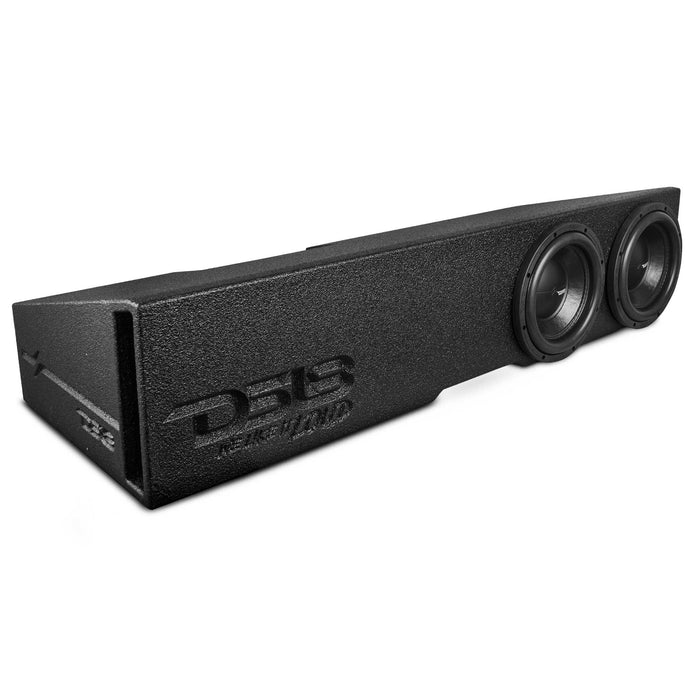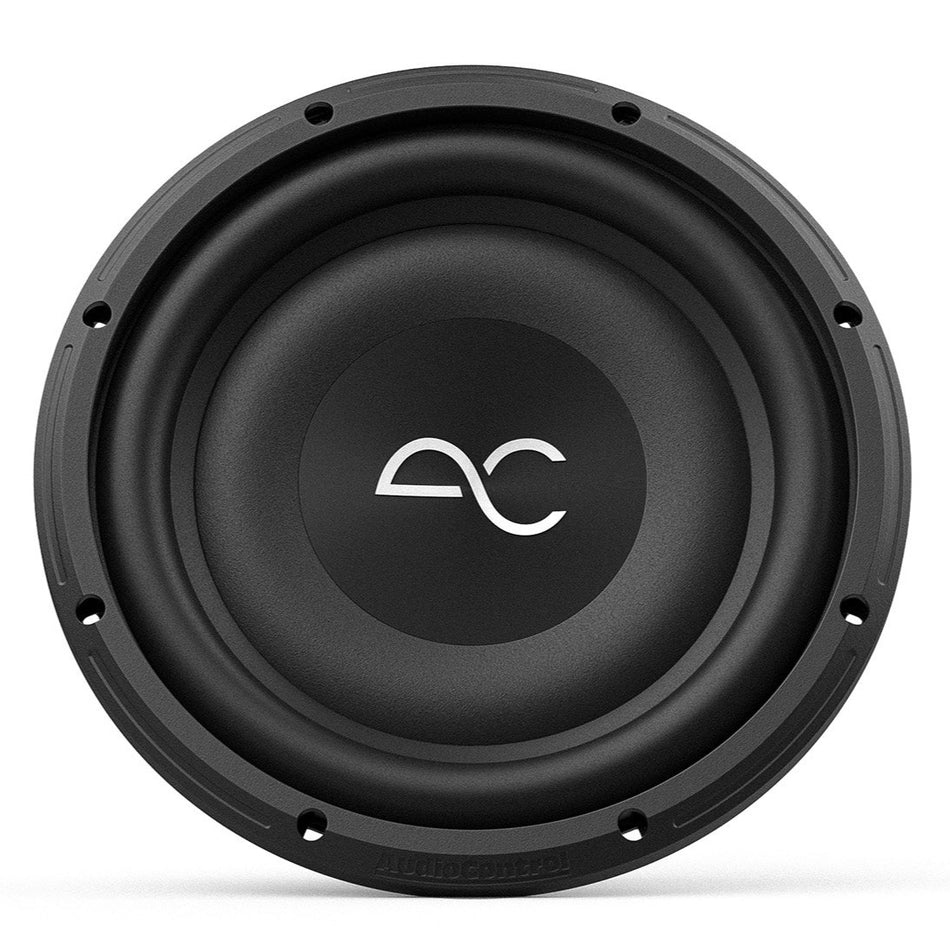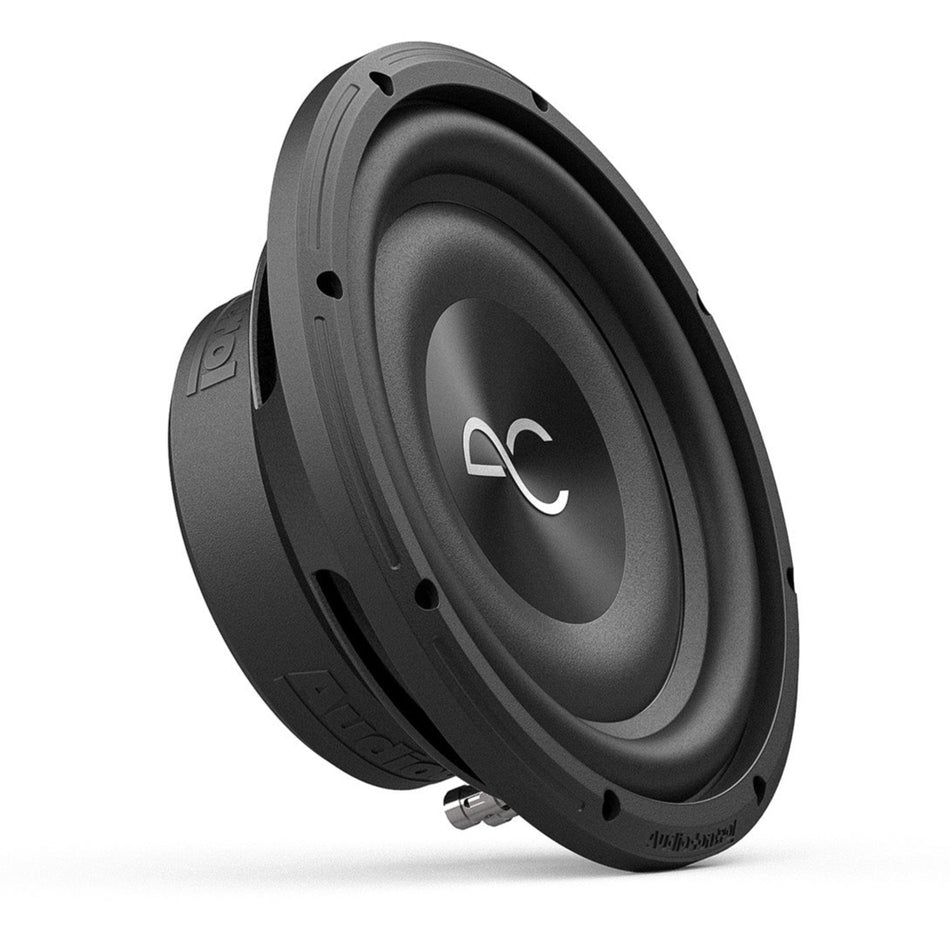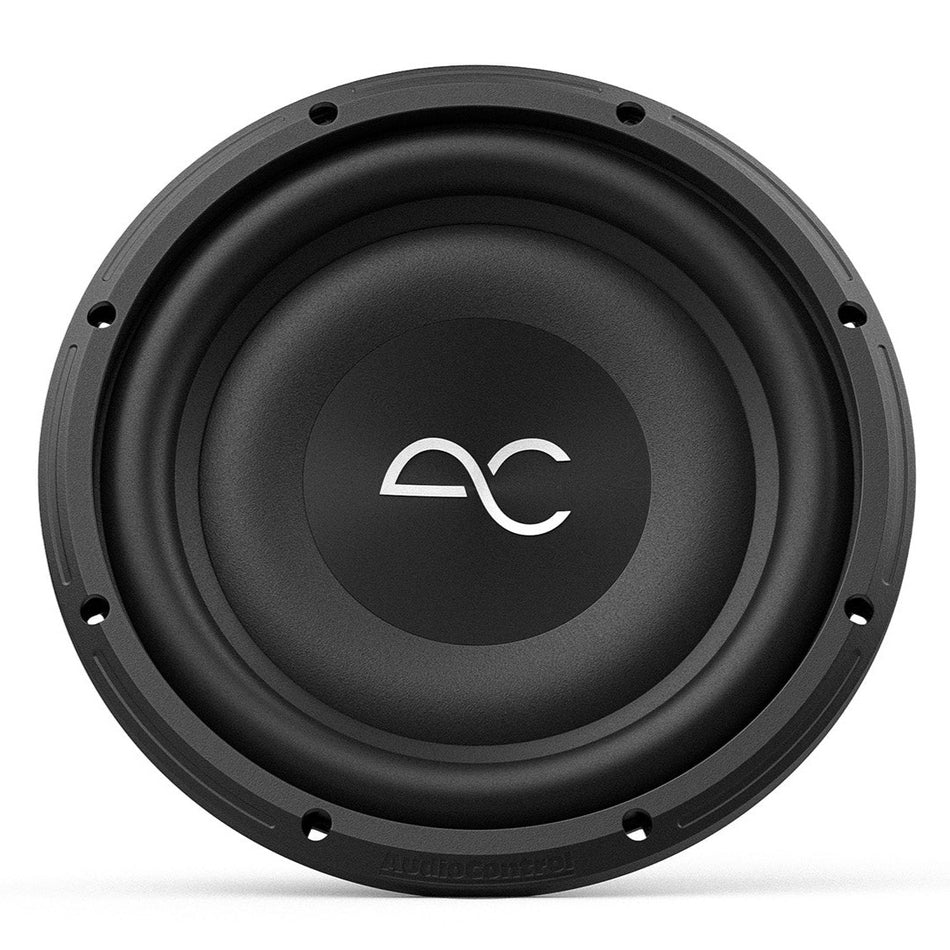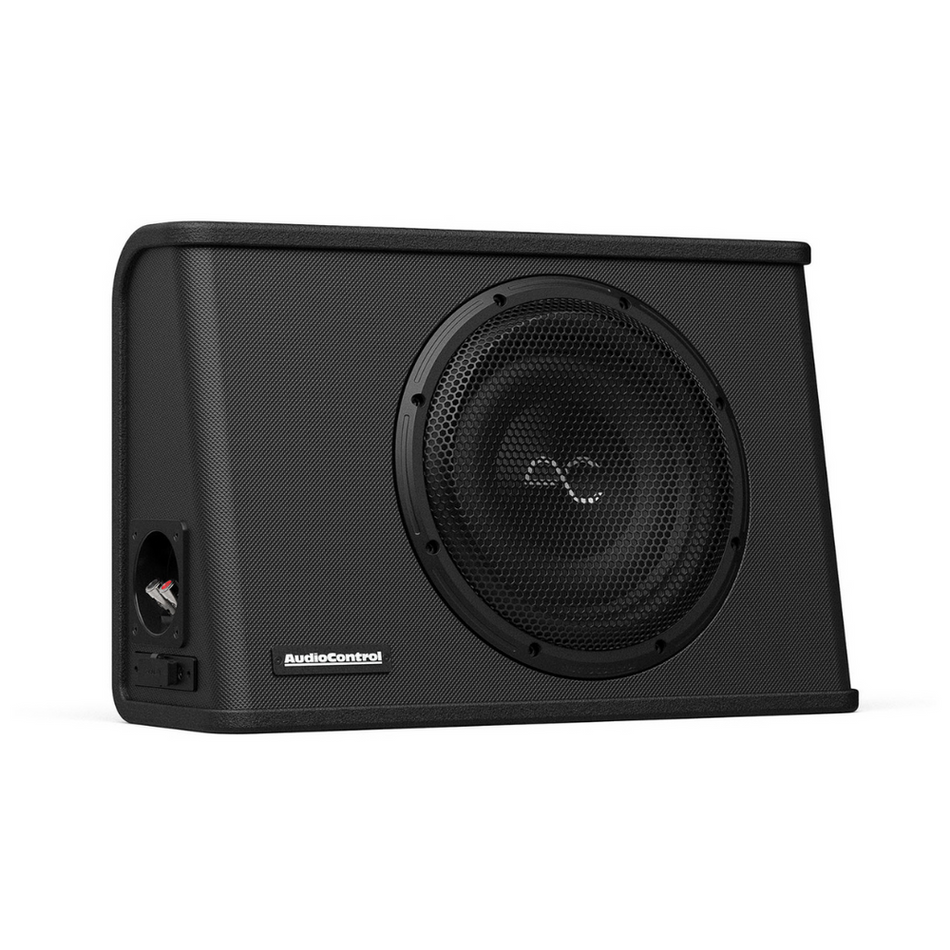Good sound in the automobile does not happen by chance but requires some clever decisions concerning equipment, location, and tuning. Subwoofers are important in determining the intensity and richness of your music. As speakers are used to work with mids and highs, subwoofers are used to bring out the bass frequencies that complete the listening experience. They can set even a simple car audio system into something strong and detailed when selected and adjusted.
Why Subwoofers Matter for Car Audio
Good subwoofer is not just a case of shaking mirrors with heavy bass. It puts the entire sound system into balance by dedicating low frequencies to a solitary driver, thus relieving your main speakers of the burden. One of them will make it sound distorted at higher volumes or will not give depth to some songs.
It is not only about possession of a subwoofer; but it is about the right size and type of the subwoofer used in your car and how to find the best way to add it to your existing system.
Choosing the Right Subwoofer for Your Car
Choice of a subwoofer should be based on your type of car, space, and listening style. Not all drivers need mega-large enclosures or competition subs, small can sometimes be the new order of things.
Size and Fit:
Smaller cars may benefit from an 8-inch or 10-inch subwoofer, which delivers tight, punchy bass without overwhelming space. Larger vehicles can handle 12-inch or even 15-inch subs, which are capable of deeper, more resonant lows.
Power Handling:
Match the subwoofer’s RMS rating with your amplifier’s output. Underrated subs may distort, while overpowered ones can burn out quickly.
Enclosure Type:
-
- Sealed enclosures offer clean, accurate bass, ideal for listeners who prioritize sound quality.
- Ported enclosures provide louder, more aggressive bass, popular among bass-heavy music fans.
Car Audio Setup for Sound Quality:
Consider how the sub integrates with your speakers. A balanced system avoids overpowering highs or lows, giving you a smooth frequency response.
Best Subwoofer Settings for Car Audio
Even quality subwoofers can perform dismally unless it is properly tuned. Even the correct settings help to make sure that your music is not overridden by your bass.
-
Gain Control
- Many people mistake gain for volume. Instead, it matches the input level of your head unit with the amplifier. Set it too high and you’ll hear distortion; too low and your sub may sound weak.
-
Crossover Frequency
- Typically, this will be around 70-100 Hz, but it may vary depending on the subwoofer and is only meant to give the subwoofer bass while leaving midrange to your speakers. This will need to be adjusted based on the acoustics of your car and music that you like.
-
Bass Boost
- This feature should be used lightly, if at all. Boosting bass artificially often results in muddy or distorted sound. It’s better to rely on natural tuning.
-
Phase Adjustment
- Some subwoofers include a phase switch that helps align sound waves with your main speakers. If bass feels weak even at high settings, adjusting phase may correct it.
Tuning Your Subwoofer for Clean Sound
Subwoofer tuning is a science, and part art. Although settings can give us a reference point, each car interior is a unique acoustic environment depending on seat material, cabin size and even dashboard layout.
- Use Test Tracks: Choose songs you know well across multiple genres. Pay attention to whether bass notes sound clear and consistent.
- Check for Rattles: Strong bass often reveals loose panels or vibrating parts. Adding sound-deadening materials can reduce these distractions and improve clarity.
- Balance with Other Speakers: Your sub should blend seamlessly. If it sounds like the bass is coming only from the trunk, adjust levels until it feels integrated with the front speakers.
How to Improve Car Audio Sound Quality Beyond the Subwoofer?
While subwoofers are crucial, the rest of the system also affects clarity. Small adjustments and upgrades can make a dramatic difference.
High-Quality Amplifier:
A dedicated amp provides clean power to your subwoofer and reduces distortion.
Speaker Upgrades:
Factory speakers often lack definition. Swapping them for aftermarket options with better frequency response helps balance mids and highs.
Proper Wiring:
Using thick, high-quality cables ensures your components receive stable power and signal.
In the last Sound Deadening Materials applied to doors and panels can also help to reduce outside noise, allowing your subwoofer’s bass to come through with more impact.
Car Subwoofer Tips for Everyday Use
- Don’t Overdrive: Pushing your subwoofer to its limits reduces lifespan and causes distortion.
- Secure the Enclosure: Loose box can shift during driving and affect performance.
- Regularly Check Settings: Seasonal temperature changes and battery fluctuations can affect sound, so retuning occasionally keeps everything optimized.
- Match Music Styles: Tailor settings for different genres, rap and EDM may need more punch, while rock and jazz benefit from precision.
Putting It All Together
It is not a competition of how big a subwoofer you install in your car to maximize performance or how high you can turn up the bass. It is of balance, of tuning and learning how each part fits into a whole. Properly matched with your amplifier and enclosure, the right subwoofer can bring out low frequencies that factory systems cannot possibly reproduce. Add to that some good tuning, intelligent upgrades, and attention to detail and you will have a car audio system that produces clean, powerful, and enjoyable sound each time you are on the road.






